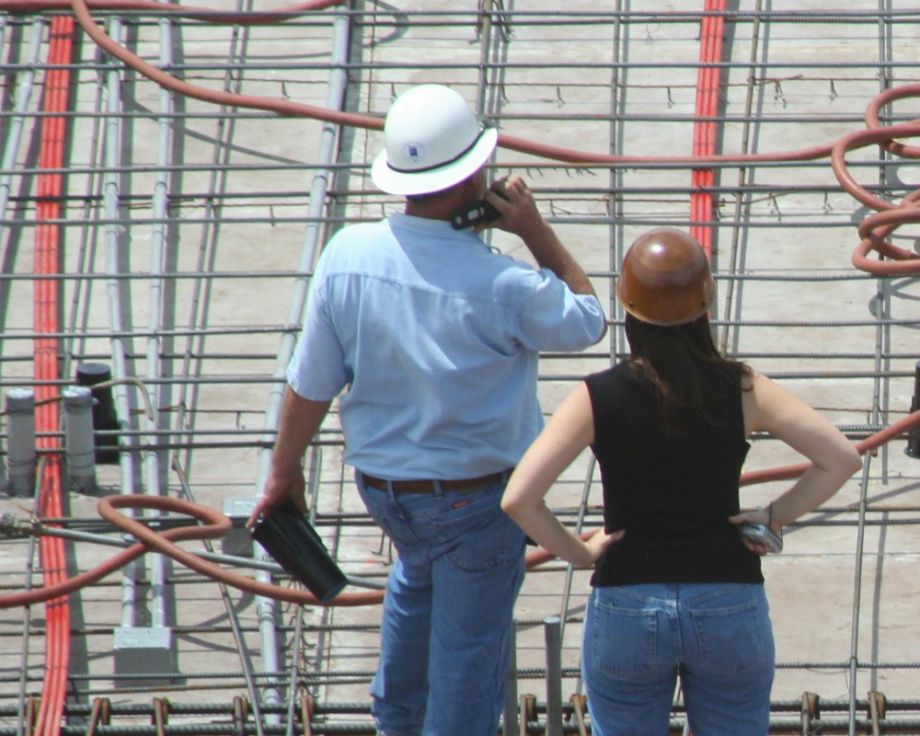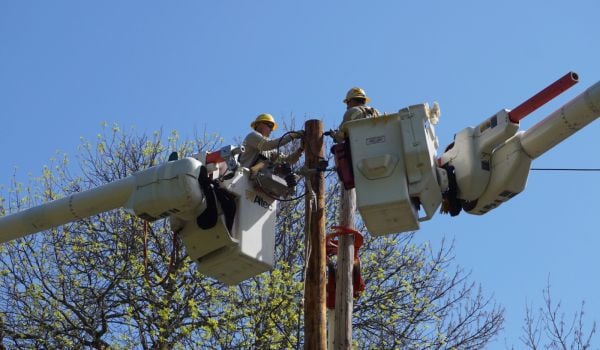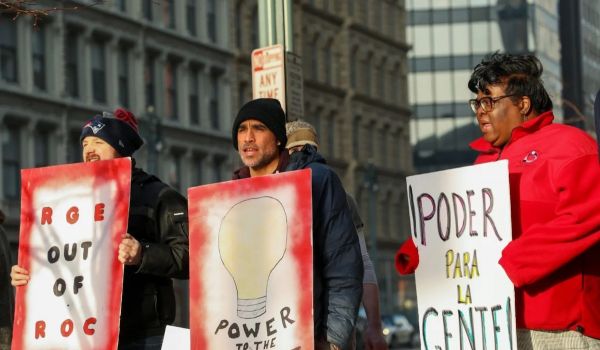One of a small but growing number of female electricians, Santa Cruz, Calif. resident Barbara Cox is a trailblazer. Women make up less than 2 percent of her profession, but through efforts of people like Cox, union apprenticeship programs, and groups like Tradeswomen, Inc. — an organization that recruits and provides support for women in the skilled trade fields — it’s a number that’s beginning to rise.
“There is this gap between how people envision the work and how the work really is,” Cox explained. “We’re skilled tradespeople and it is hard work and physical work, but with the right training and skills, it can be really rewarding.”
And now she’s blazing another path by working on projects in the emerging clean technology sector, building the infrastructure for electric vehicles and developing a more efficient electrical grid. For example, she taught her fellow union members to install the electric vehicle supply equipment known as charging stations.
Cox works at the Los Esteros Critical Energy Facility, where she and her co-workers are working to make the plant, fueled by natural gas, more efficient. She says that making today’s electrical systems run more efficiently may not be sexy, but it is vital to reducing the emissions causing climate change.
“We’re setting up a system where the exhaust of the engines heats a high-energy recovery generator, which allows a second use of that heat to create energy,” said Cox. “So we’re basically doubling the capacity.”
Cox argues that the U.S. needs a comprehensive solution to our energy problems and climate change, and the cost of inaction is too great to ignore the problem any longer.
“Politicians need to start paying attention,” said Cox, referencing the devastation brought by Hurricanes Katrina and Sandy, as well as the toll the extended drought has been taking on the Midwest. “We need to act, and we need to act soon.”
Cox believes investing in clean energy sources and making our current systems more energy efficient are vital steps to addressing climate change.
Clean energy is already providing opportunities for workers in many sectors, especially in California, where investments in clean energy have created the nation’s most vibrant clean energy sector, one that doubled in size between 1995 and 2010. The skills of electricians and other craft workers translate very well to these new technologies. Cox has worked on clean technology projects ranging from a 72,000-volt substation that is part of the “smart grid” — a more efficient way to deliver energy than our current grid by using computers to help distribute energy in a more reliable way — to solar energy projects in San Jose. It’s all part of an effort to build a strong electrical infrastructure for the state for years to come, both to ensure the state’s energy needs are met and to reduce the carbon pollution causing climate change.
Yet even with all the good jobs that clean energy and efficiency bring to the profession, Cox is worried about the future of her skilled trade. She and her co-workers are becoming increasingly concerned that the workforce is getting older and soon there will be more electricians retiring, but there aren’t as many people coming into the profession. At the same time the clean job sector continues to grow and demand new skilled labor.
“I think we’re going to see people moving out and into retirement as soon as they catch up from that economic abyss we all fell into in the last couple of years,” she said. “People don’t really comprehend the pay-out of coming into the industry. Yes, there are ups and downs, but the ups actually do cover the downs. There certainly needs to be more outreach.”
It is a problem that many craft industries are facing. A Washington State University study found that almost a quarter of electrical sector workers will be retiring in five years and there are not enough workers entering the industry to fill open positions, much less 25 percent of the workforce. Bringing women into these jobs is not only desirable — it’s an economic imperative.
“Technical jobs are complex, require a lot of skill and ability, and they pay well. And with the emergence of the clean energy sector, these skilled workers are vital to our future,” said Cox, who remains optimistic but realistic. “We have some work cut out for us.”
The BlueGreen Alliance, a grantee of the Surdna Foundation, unites 14 of our country’s largest unions and environmental organizations.
The Works is made possible with the support of the Surdna Foundation.

















